How to Get Rid of Fleas on Cats – A Fast and Safe Guide
Fleas can cause serious discomfort for your cat—even indoor cats aren’t safe. Knowing how to get rid of fleas on cats is essential for keeping your pet healthy and your home flea-free. This guide explains why cats get fleas, the best removal steps, and how to maintain a flea-free environment.
Why Cats Get Fleas
Fleas are picked up from outdoor environments, other pets, or even your clothing. Even if your cat never goes outside, fleas can hitch a ride indoors. Fleas undergo a life cycle—egg, larva, pupa, adult—that makes them persistent and hard to eliminate because much of their population lives in your cat’s surroundings.
Effective Steps to Get Rid of Fleas on Cats
1. Use a Flea Comb to Remove Live Fleas
Comb your cat’s fur regularly, focusing on the neck, base of the tail, and belly. Dip the comb in warm, soapy water after each pass to drown fleas. This manual method helps reduce the adult flea population before other treatments take effect.
2. Bathe with a Gentle Flea Shampoo
Use a pet-safe flea shampoo formulated for cats. Choose a low-fragrance or hypoallergenic option if your cat has sensitive skin. Keep bathwater lukewarm and dry your cat thoroughly afterward to prevent chills or stress.
3. Use Vet-Recommended Flea Treatments
After combing and bathing, use vet-approved topical treatments (spot-ons), sprays, or oral medications. Never use dog treatments on cats—many contain ingredients toxic to felines. These treatments help break the flea life cycle and prevent reinfestation.

Cleaning the Environment Is Equally Important
Nearly 90% of the flea population lives in your home environment, not on the cat. Vacuum carpets, rugs, and sofa crevices thoroughly. Wash cat bedding, blankets, and soft toys in hot water. Consider sprinkling a mixture of table salt and baking soda on carpets before vacuuming to kill flea eggs.
Daily Preventive Measures
Use a vet-recommended flea collar or monthly spot-on preventative products. Keep indoor and outdoor pet environments clean. In multi-cat households, treat all pets simultaneously to prevent cross-infestation and limit flea resurgence.
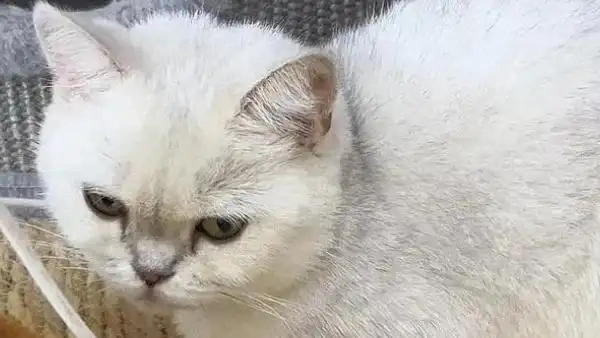
When to Seek Professional Advice
If your cat is under 8 weeks old or has health issues, always consult your veterinarian before using any chemical treatments. For severe flea infestations or symptoms of anemia, skin sores, or excessive scratching, professional treatment is strongly advised.
Everything Our Vets Recommend
FAQs
Q1: Can kittens use flea treatments?
A: Not without veterinary approval. Treating kittens under 8 weeks with adult chemical flea products can be dangerous. Always consult your vet first.
Q2: Do fleas live only on cats?
A: No. The majority of flea life stages occur in your cat’s environment—carpets, bedding, and furniture—so environmental cleaning is just as important.
Q3: Will a single flea treatment solve the problem?
A: Rarely. Flea eggs can hatch weeks later. A combination of treatment, cleaning, and repeated action over at least 3–4 weeks is often required to fully eliminate fleas.
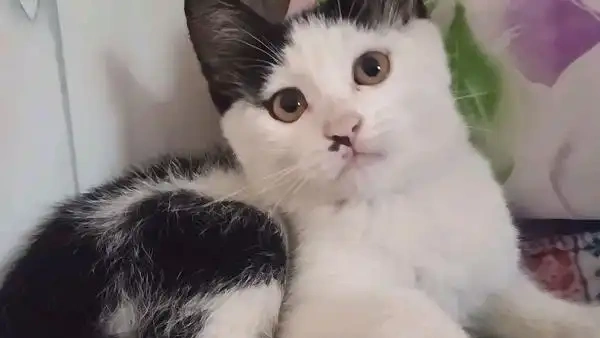
Everything Our Vets Recommend
Take Action Now to Keep Your Cat Flea-Free
Understanding how to get rid of fleas on cats involves treating your cat, cleaning your home, and staying consistent. Don’t wait—flea infestations can escalate quickly. Choose a vet-approved treatment, maintain a clean environment, and check your cat regularly. For more tips on effective prevention products, explore our guide to best flea medicine for cats. Protect your pet’s comfort and health today.
You May Like:
- How to Get Rid of Fleas on Cats Naturally at Home
- Flea Comb for Cats: How to Effectively Remove Fleas at Home
- Fleas on Cats Symptoms — How to Spot Signs and Treat Quickly
- How to Get Rid of Fleas on Cats – A Fast and Safe Guide
User Comments
Does flea treatment kill ear mites too?
Can dogs take human probiotics?
Can dogs have people probiotics safely?
Related Articles
View all
How Often Flea Treatment Cat? Most Owners Get This Wrong
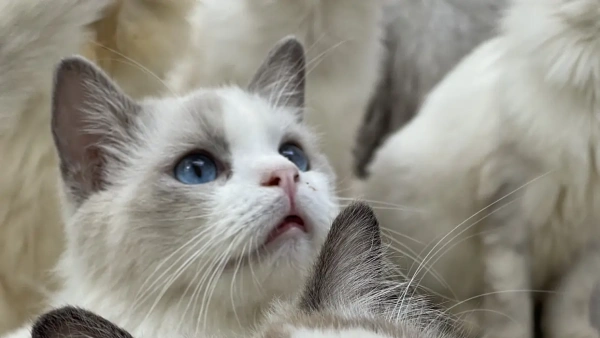
How to Apply Flea Medicine on Cats: Beginner’s Guide
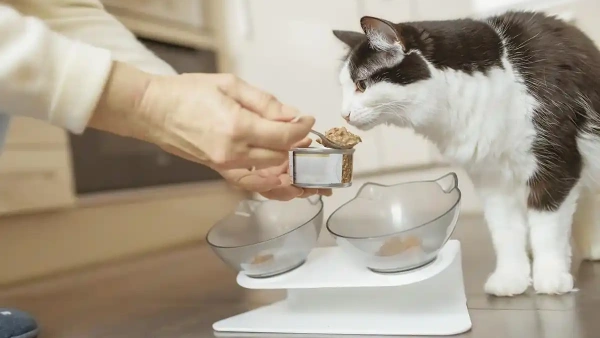
Best Cat Flea Spray for Cats in 2025: Vet Approved

Where to Put Flea Treatment on Cat: Updated 2025 Guide

How Often Flea Treatment Cat? Most Owners Get This Wrong

How to Apply Flea Medicine on Cats: Beginner’s Guide

Best Cat Flea Spray for Cats in 2025: Vet Approved

Where to Put Flea Treatment on Cat: Updated 2025 Guide
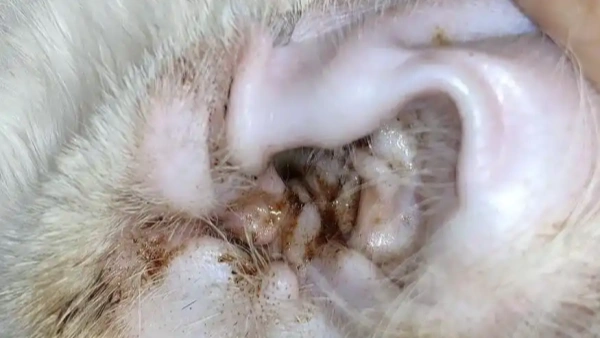
Best Flea and Ear Mite Treatment for Cats (2025 Review)

Safest Flea Prevention for Cats: A Complete 2025 Owner’s Guide

Flea Spray for Kittens: Best Options and Vet Advice 2025
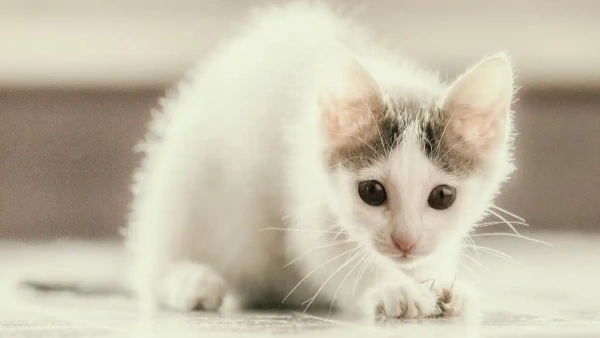
Fleas on Newborn Kittens: Complete Treatment and Prevention
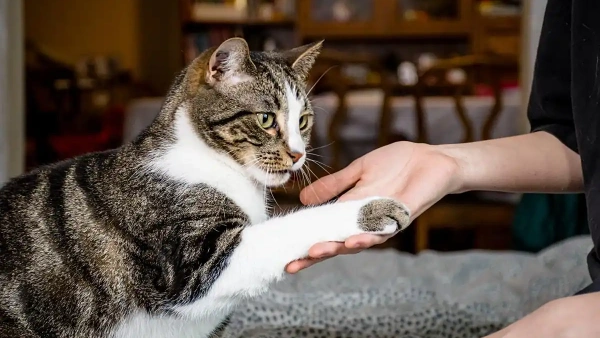

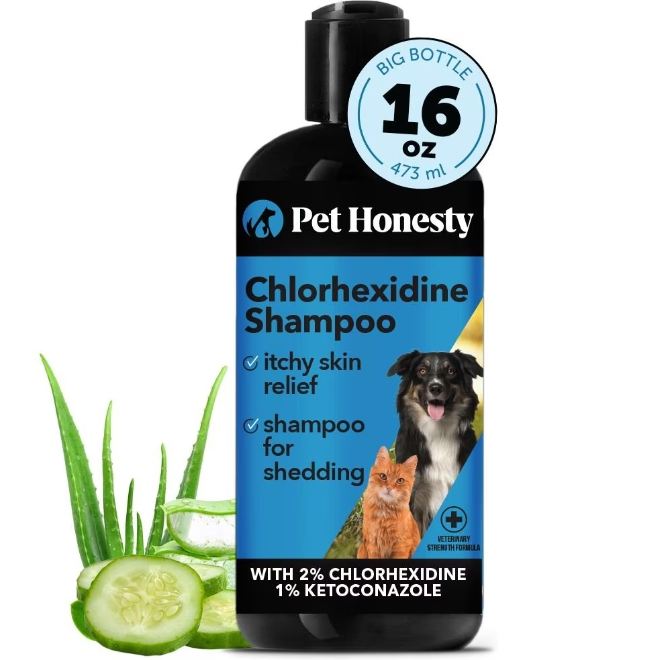
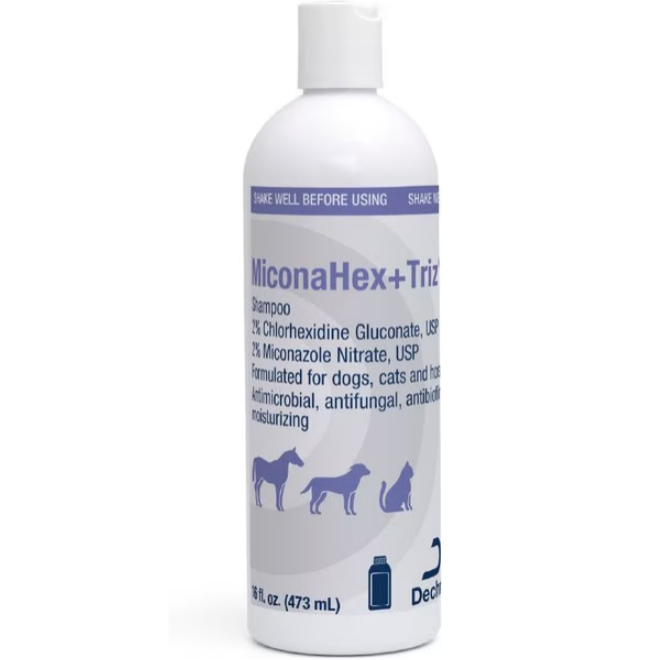
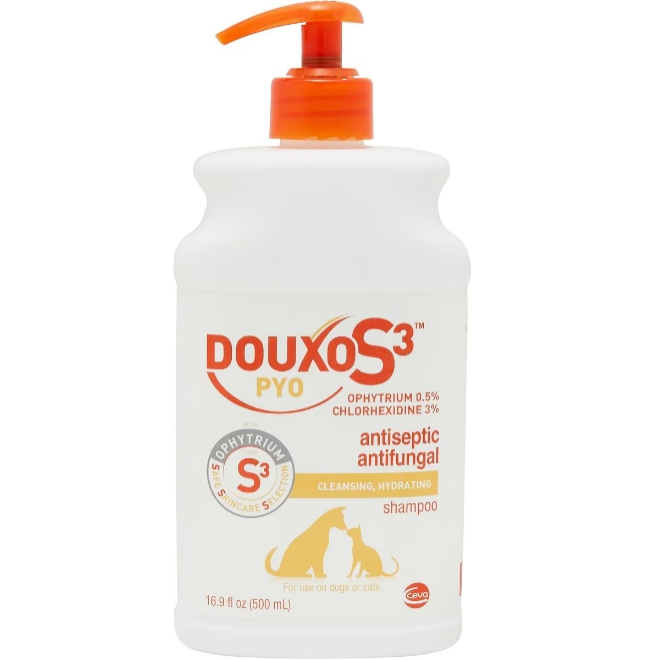
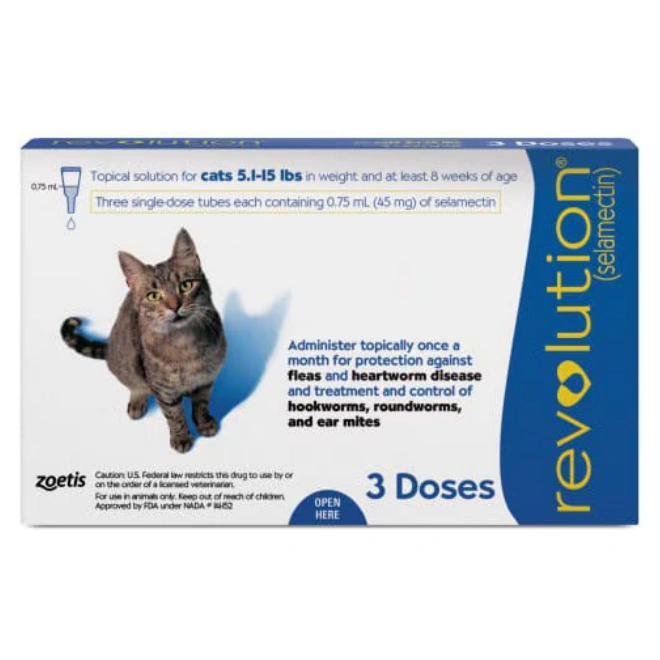
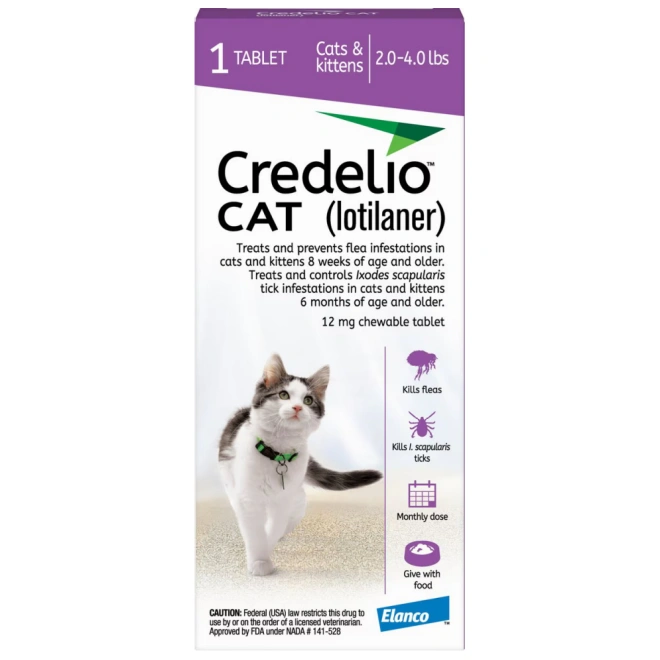
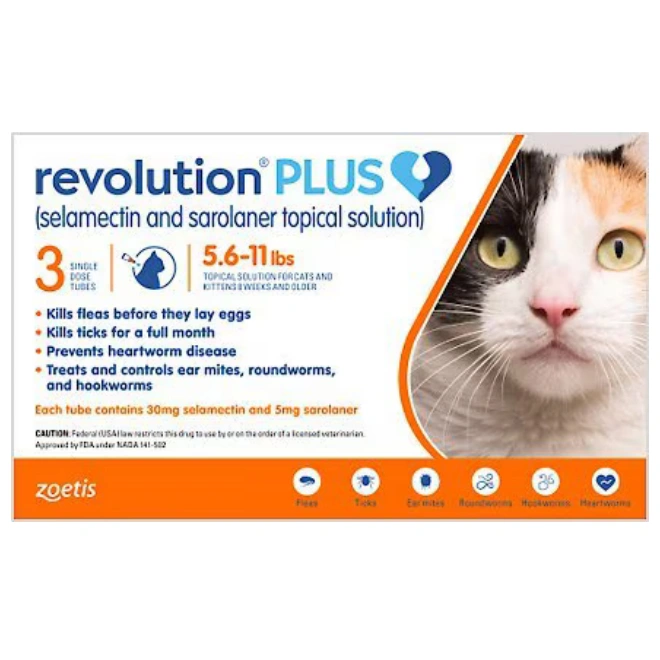
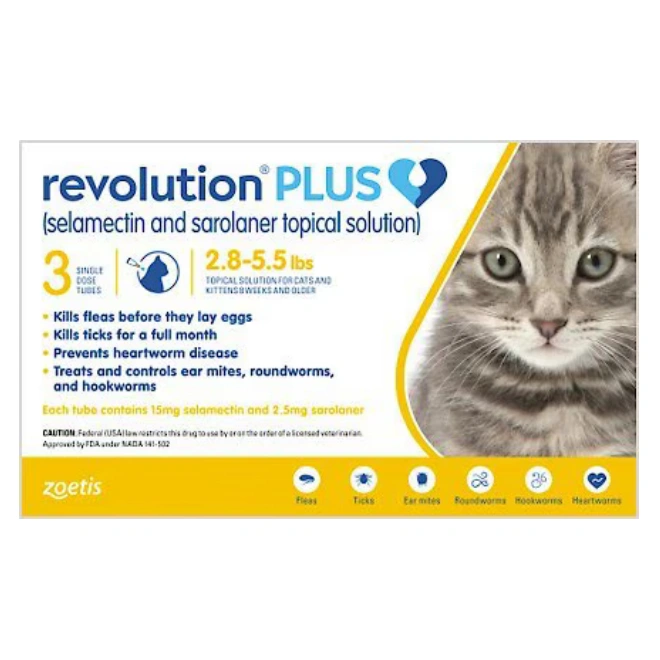








Leave a Reply